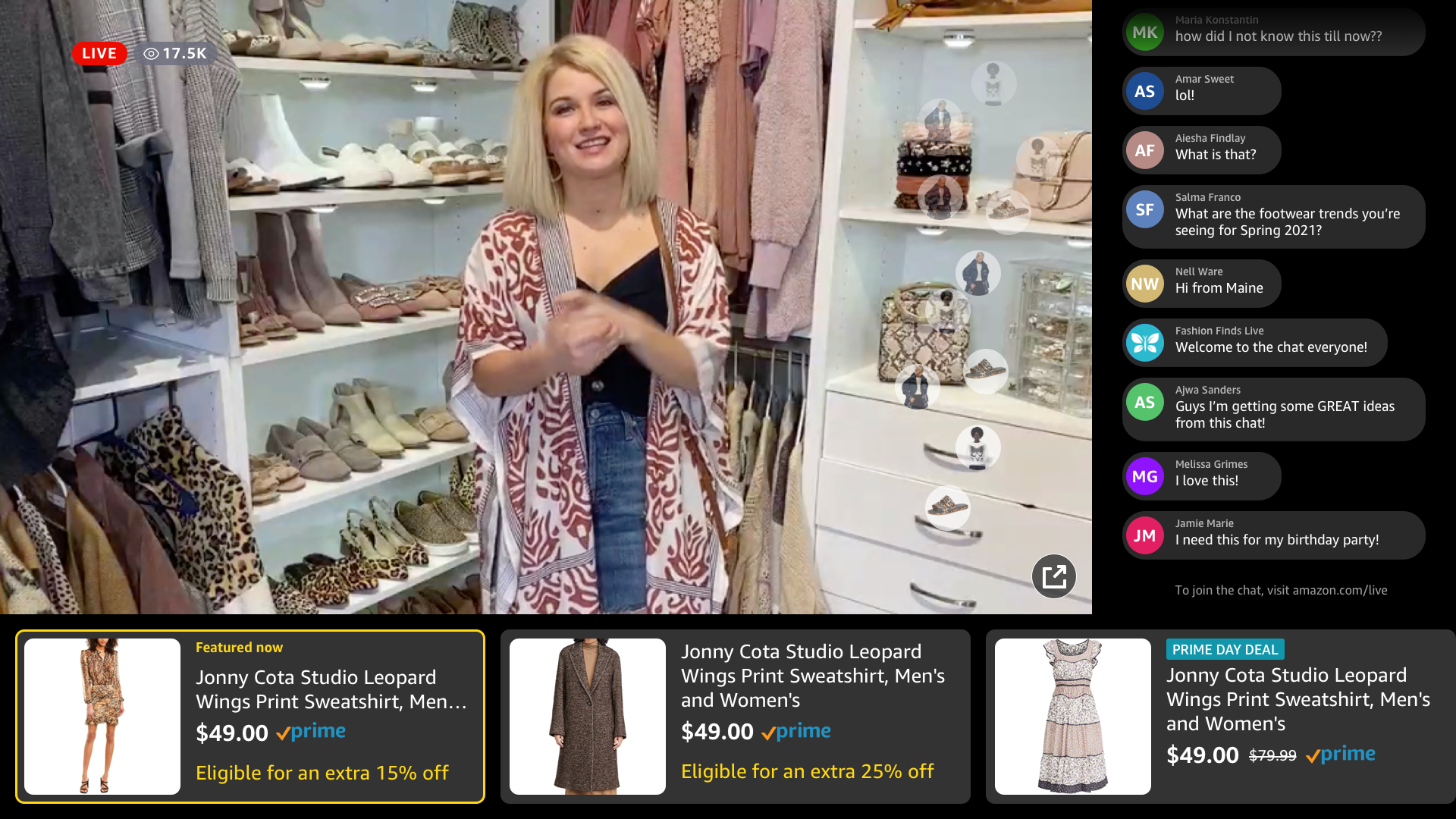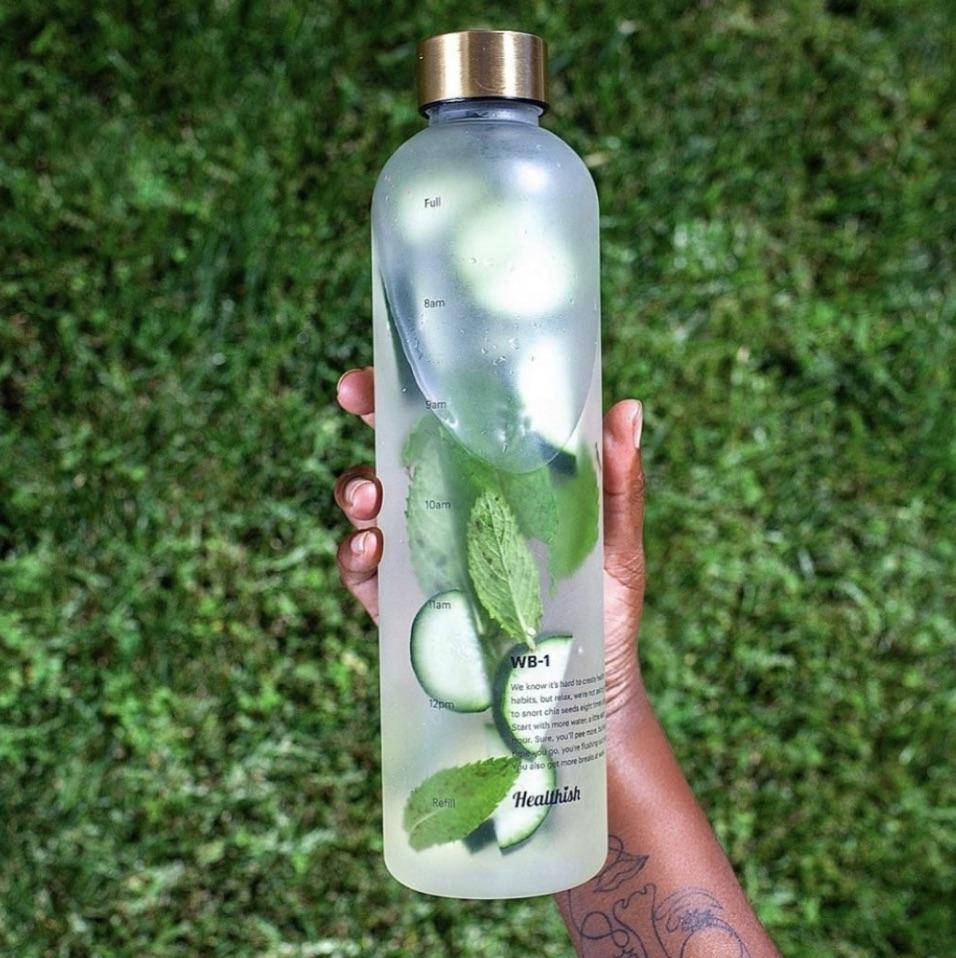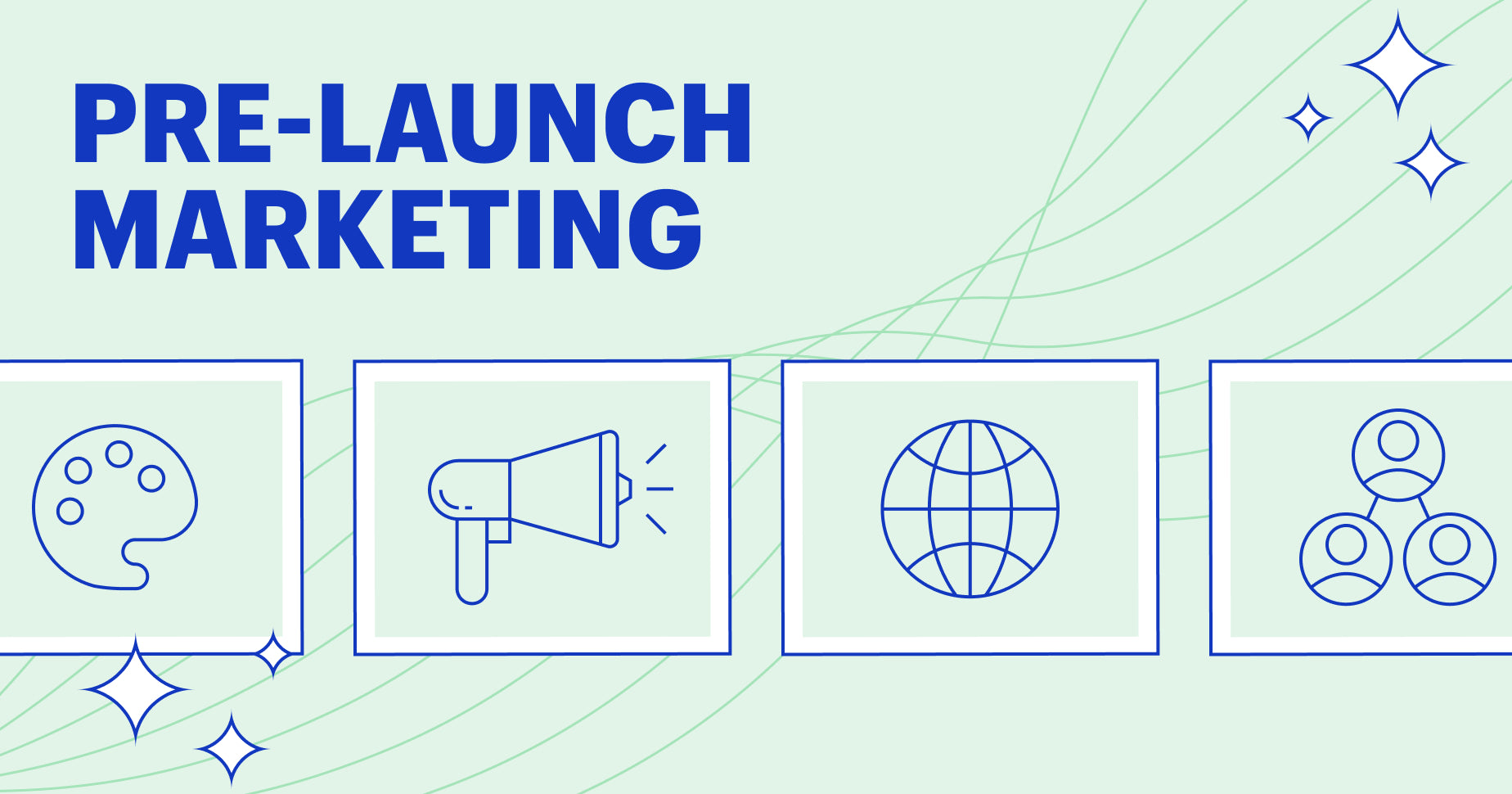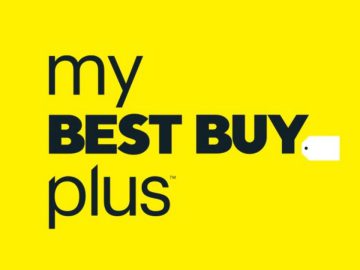Every new business owner should be aware of this ecommerce myth: It’s common to think that showcasing the best products, a well-designed website, and captivating product photography are all one needs to make a sale. While that’s all important, it doesn’t account for a key step in launching a new business or product line: pre-launch marketing campaigns.
In order to find success with your launch, you first need to identify your target audience and drive traffic from them to your store. It’s best practice to start this process of driving traffic and cultivating relationships with prospective customers before you even launch. Starting early makes a smoother launch more likely and mitigates any scrambling to get your audience’s attention post-launch.
Learn more about pre-launch marketing below, including ten strategies you can implement yourself before your next product launch.
What is pre-launch marketing?
Pre-launch marketing is a range of marketing efforts focused on generating buzz and excitement for a new product or service before it launches. The goal is to build up anticipation and interest so customers will be eager to buy from you when launch day finally arrives.
10 pre-launch marketing strategies to try
- Secure your audience before launch
- Start marketing early
- Release teasers
- Run a contest
- Build hype through influencers
- Create a press kit
- Throw a pre-launch party
- Use Amazon Live
- Run audio ads
- Connect with niche communities
1. Secure your audience before launch
Before a new product launch, ensure you have a solid group of people interested in what you’re offering.
One way to do this is to create a lead generation landing page where people can pre-register or sign up for your email list.
You can generate traffic to your landing page through:
The important part is the conversion: turning visitors into potential buyers by persuading them to hand over their details, consenting to further communication from you. You can encourage these conversions with an enticing offer, like early access or a discount for email subscribers.
Happy Camper’s pre-launch landing page builds hype with a “Coming Soon” countdown clock.
Example: Sexual wellness brand Dame collects emails at the end of a quiz that visitors can take to find the perfect product for their needs. Visitors find out their results when the answers are emailed to them, which means they’ll also be on the mailing list among the first to find out about new products.
Learn more: How to Create a Coming Soon Landing Page
2. Start marketing early
One key to a successful launch is building relationships with potential customers well before opening an online store. That way, they’ll be sizzling with anticipation for your awesome new offering when you’re finally ready to go live. You don’t want to launch to the sound of crickets and an empty register, so it’s important to start your build-up with plenty of time before the big day.
Take email marketing, for example. With a mailing list, you’ve got plenty of opportunities to drip-feed content in the months leading up to your launch.
Your pre-launch marketing topics could include:
- The stories behind your ideas
- How you’ve refined your products into their final versions
- Your materials and how you’ve sourced them
- Which problems your products solve
- Endless other possibilities
Example: The Xion CyberX eBike launched on crowdfunding site Indiegogo after generating over 23,000 emails for its list. This resulted in over $800,000 in sales when the campaign launched.
3. Release teasers
It’s not just behind-the-scenes content that resonates with customers. Teasing out your product or a particular feature or bundle option can also supercharge the desire people have for what you’re selling. Your earliest fans will love this, as they’ll feel part of an exclusive group that knows more than everyone else.
Pre-launch teaser ideas include highlighting:
- Close-up product shots leading up to the big reveal of the whole product
- Different components or behind the scenes footage, like parts of the packaging or snippets of your planning documents
- A product silhouette alongside “Coming Soon”
These teaser tactics can create chatter amongst your fans, as they try to guess what’s coming.
Example: Interior design brand Havenly teased a new service with an enticing email campaign: “Next week, we’re launching something new, that we know you’ll love.” It’s simple yet leaves customers curious about the brand’s launch.

Really Good Emails
4. Run a contest
People love free stuff, so running a contest is a great pre-launch marketing strategy for building hype. Running an Instagram contest, for example, could boost your social engagement and attract more followers you can market to.
When running a giveaway, sweepstakes, or contest, ensure the entry requirements are easy and fun to participate in, and that the prize is relevant. That way, even people who don’t win will still come away with a positive association to your brand.
5. Build hype through influencers
Influencer marketing is one of the best ways to build your brand online. It’s where someone with a following in a specific niche promotes your brand.
They could range from celebrity-level fame to having only a few thousand followers in a really specific interest group. Either way, these influencers can be a valuable connection between you and potential new customers.
Before launch, you could partner with an influencer to share exciting content about your upcoming product. In return, you could offer payment or your goods themselves.
Freebies are usually appreciated, but the larger their following, the more likely it is you’ll have to allocate some marketing spend on a fee. It could be worth the fee, as many customers see influencer marketing as a more authentic method than many traditional advertising channels.
Example: Direct-to-consumer underwear brand Thinx launched a new product line by partnering with influencers in categories like fashion, health, and wellness.
Find influencers to drive sales with Shopify Collabs
Shopify Collabs makes it easy to partner with creators, promote your products, reach new customers, grow your sales, and track affiliate campaign performance all from Shopify admin.
Discover Shopify Collabs
6. Create a press kit
Part of a successful product launch is getting bloggers and publications to write about you, so you want to make it as easy as possible for them to do so.
If you want to get featured in popular publications, it’s a good idea to have a press kit prepped and ready to go. This is a collection of information about your brand and product that journalists can access easily when they’re writing a story.
You’ll still need an angle to be interesting enough for press coverage—what are you doing that’s unique? Are you serving your local community, or making a splash because of your alternative business practices? These are the types of stories journalists love, and a press kit makes it much easier for them to whip up some valuable coverage for you.
Example: Beer brand Impossibrew has its founder story laid out in its FAQ page and a batch of photos for journalists to use in its press page.
7. Throw a pre-launch party
Getting a large group of people together, all excited about your project, creates a united energy you can’t fabricate through emails, phone calls, or one-on-one meetings. You can throw your pre-launch party in person or virtually over video. Invite a few dozen of the most motivated and influential people in your network, and make sure they come away from the event knowing more about your brand, your upcoming launch, and—most importantly—how exactly they can help.
8. Use Amazon Live
Amazon Live offers another way for customers to learn about products and interact with their creators. You can use Amazon Live to show off your product, demo how it works, and give people a sneak peek of what’s to come. You can also answer any questions potential customers might have in the chat box.

Amazon Live
This streaming shopping experience hosts large brands paying five-figure fees for Amazon to produce their shows. But there’s also a range of influencers who run more intimate shows for their dedicated fanbases, broadcasting custom product demos on a platform where customers are ready to buy. Think TV shopping channels for a new era. This could create a great new opportunity to demo your product before launching it.
Example: Carla Stevenné, a makeup and beauty influencer, regularly appears on Amazon Live, interacting with her fans in the chat while promoting and unboxing new beauty products.
9. Run audio ads
Audio ads are a fantastic way to reach potential customers in an intimate, focused way. You can target people based on their interests, demographics, and even what they’re doing while listening (e.g., commuting or working out).
Platforms like Spotify and Pandora have ad options targeted to specific interests, and you don’t necessarily need a huge budget to use these.
You could consider podcasts as a potential channel. You can either sponsor an existing show that’s popular with your target audience or start your own podcast to talk about your product, interview industry experts, and build up hype before launch day.
Example: Mattress brand Eight Sleep found a better return-on-advertising spend than expected when it used audio to promote a new premium mattress product. It found that radio and podcast ads offered the time and attention needed to explain its features in-depth—necessary for a high-price item.
10. Connect with niche communities
Niche communities have long been drivers of product development. In today’s digital landscape, it’s easier than ever to connect with these communities and empower them to become key drivers in the hype for new launches. This is especially important when your product needs a personal touch to persuade customers to purchase.
Niche enthusiasts love sampling the latest products and telling others about them. By introducing your product to a specific-interest community, you’ll get valuable feedback from committed experts and potentially a host of new converts to your cause. It’s all about trust, so make sure you play by their rules and respect the group’s etiquette.
Example: Image Skincare targeted 1,000 PopSugar’s Dabble beauty product community members to promote its new Vital C Anti-Aging Serum. While only 13% of users were familiar with the brand, 96% said they’d recommend the product to a friend.
Read more: How to Create a Marketing Plan [+ Free Template]
Pre-launch strategy case study: Healthish
Healthish operates in a busy space: health products. A $6.6 billion industry, there is no shortage of competition when launching a new health and wellness product. When they started out, Healthish was a newer brand launching a new product into the market and needed a smart pre-launch strategy to raise awareness.
To launch its signature product, a water bottle that tracks hydration, co-founders Emily Chong and Nathan Chan worked with niche influencers to build hype.

To reach its target market, Healthish sends free water bottles to fitness influencers, fashion bloggers, vloggers, and other groups related to their niche. Afterward, influencers share images and videos of their products online—but only if they are happy with them and can talk about the bottle with authentic enthusiasm.
Learn more about the pre launch marketing strategy that turned Healthish used by reading The Pre-Launch Strategies of a Million-Dollar Brand.
Tips for a successful pre-launch
Here are some tips for nailing your next product launch:
- Offer samples. Trying before you buy is a major contributor to purchase decisions. If possible, get your product into the hands of prospective customers to help them bond with it and want it even more.
- Incentivize early adopters. Early adopters can be crucial in the first days after launch. They’ll create a buzz if they’re happy, so why not delight them as much as possible?
- Collect useful feedback. You can get feedback for the product you’re launching to inform future versions—new variations, premium editions, localized iterations, and so on. You could also consider feedback for new product lines that solve problems or address demographics. Note what people are saying and address the most common issues first.
- Track sales performance. You can’t measure success by gut feel, even if it’s a small-scale launch. Use all the tools and platforms available to track relevant metrics, like which product variations are selling best, and which aren’t.
- Test everything. Treat your launch as an experiment. Some things will work, and some won’t; the only way to find out is by going for it. Don’t get disheartened if it doesn’t go the way you planned. Collect as much data as possible. Hopefully, it’s your first of many launches and you can use your learnings to make post-launch campaigns even better.
Run a smart pre-launch marketing strategy next launch
The idea of pre-launch marketing is to make your earliest adopters feel special. When they have some sense of ownership in what you’re doing, it helps to motivate them to share your brand organically.
By building up hype pre-launch, you can ensure that your product does well when it finally hits the market. But these strategies don’t just affect the product in question—they help build your business and set many customers on the path toward becoming fans for life.
Whatever stage of product development you’re in, it’s never too early to get out there and interact with your target market. The rewards, in time, could be huge.
Market your business with Shopify’s customer marketing tools
Shopify has everything you need to capture more leads, send email campaigns, automate key marketing moments, segment your customers, and analyze your results. Plus, it’s all free for your first 10,000 emails sent per month.
Discover Shopify’s customer marketing tools
Pre-launch marketing FAQ
What is pre-launch?
A pre-launch marketing plan refers to promoting a new product or service before its available. Businesses in the pre-launch stage build hype for their product, teasing their customer base with a launch date and special promos.
What is pre-launch market research?
Pre-launch market research provides feedback on advertising concepts, potential marketing channels, packaging options, and other marketing campaign elements. Research will help refine your messaging and create a launch plan that generates brand awareness and preorders.
How do you promote before launch?
A pre-launch marketing campaign is all about hype. You want to pique customers’ interest in your product, generate buzz, encourage social sharing, and get word of mouth referrals. Working with influencers and running social media ads are great ways to promote a product before launch.
What are the different types of pre-launch marketing?
- PR outreach
- Audio ads
- Content marketing
- Social media
- Influencer marketing
- Contests
- Product marketing





